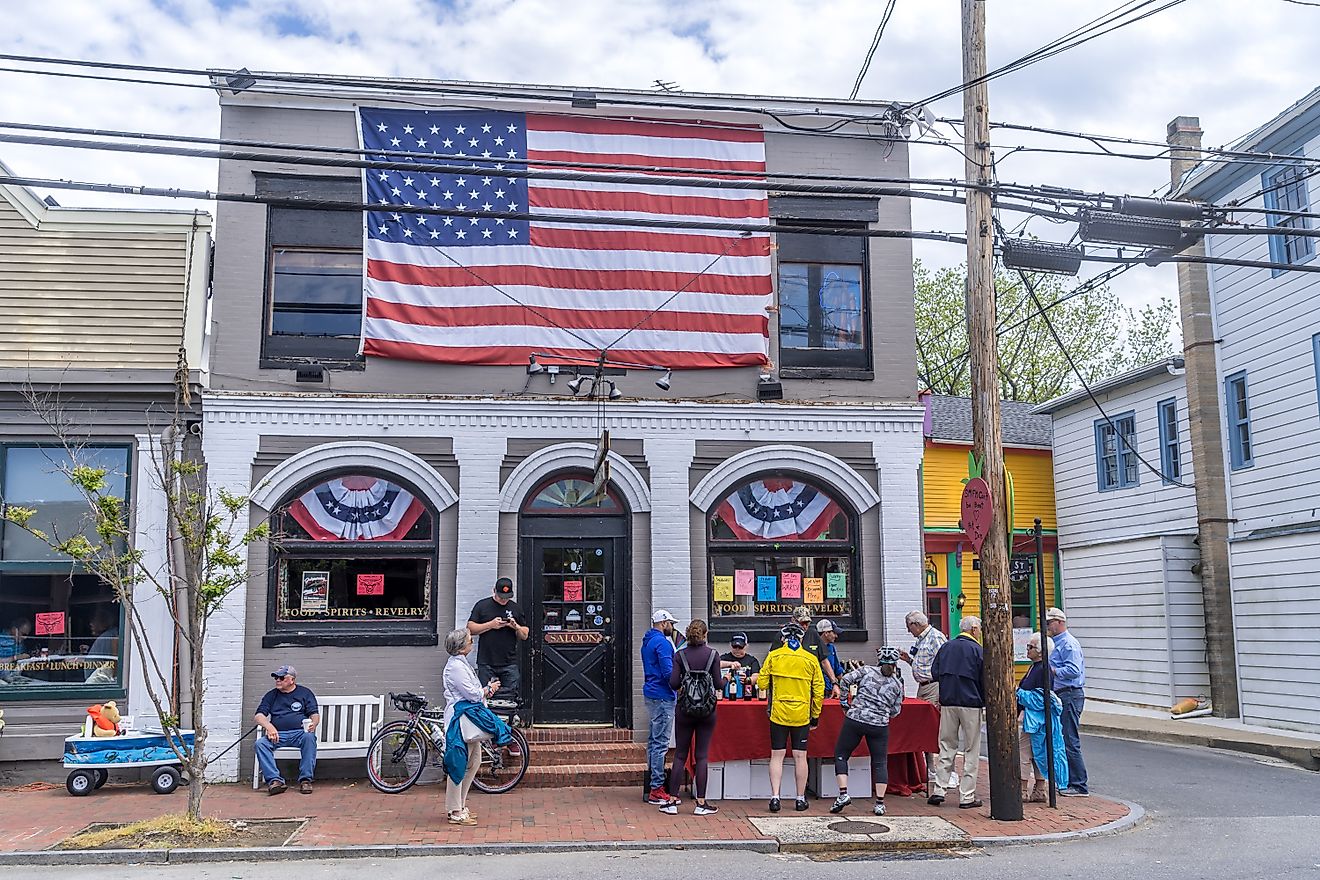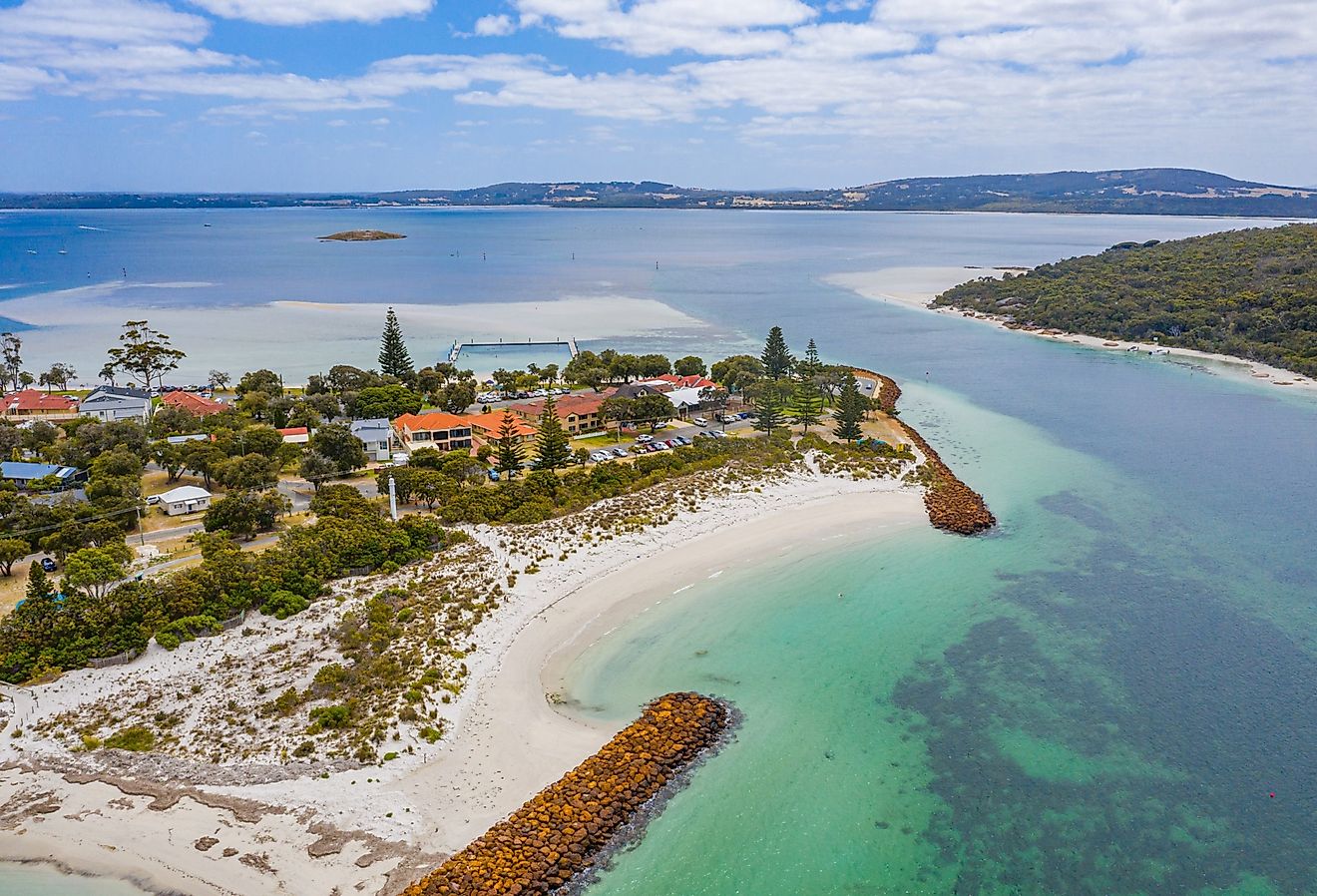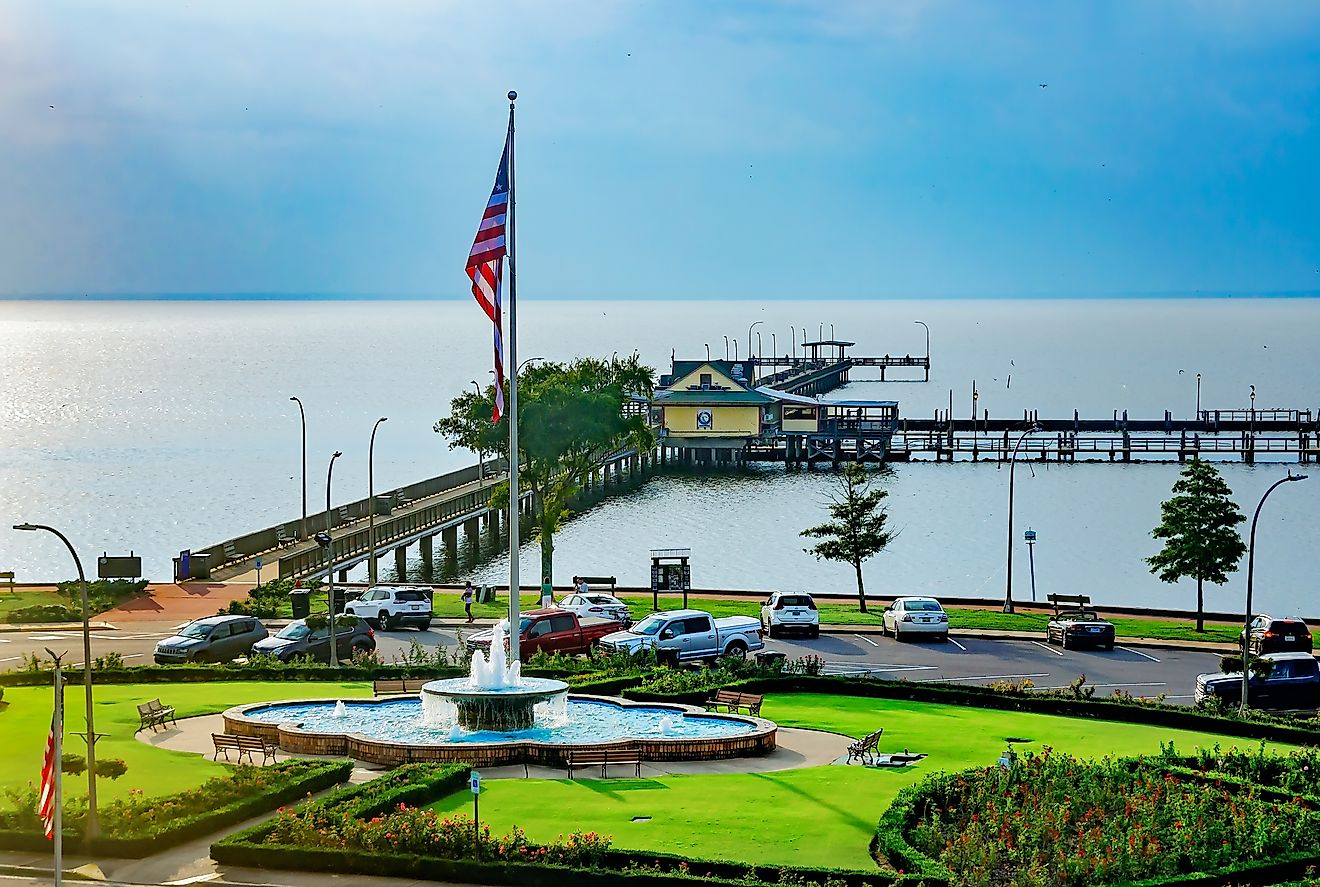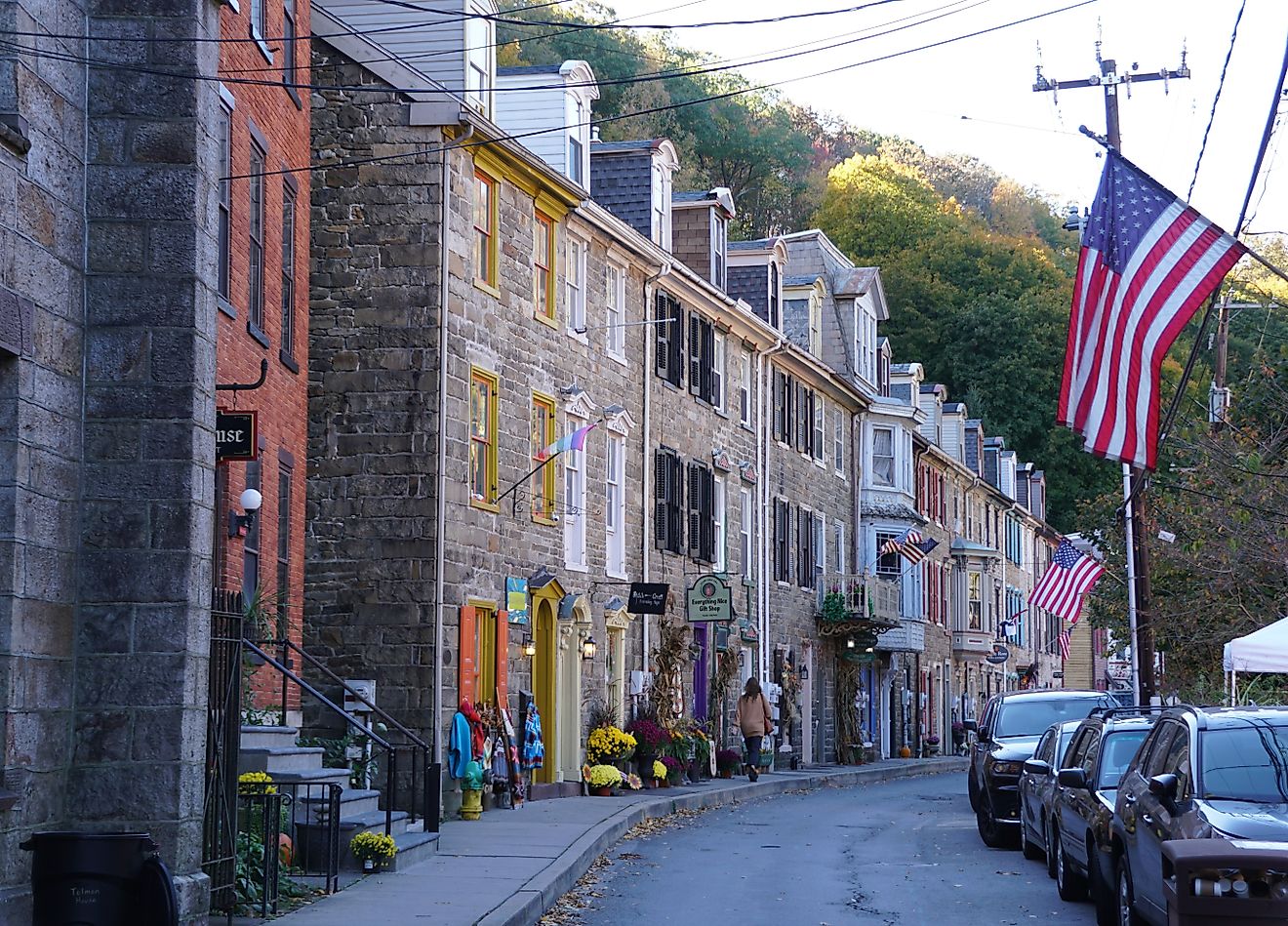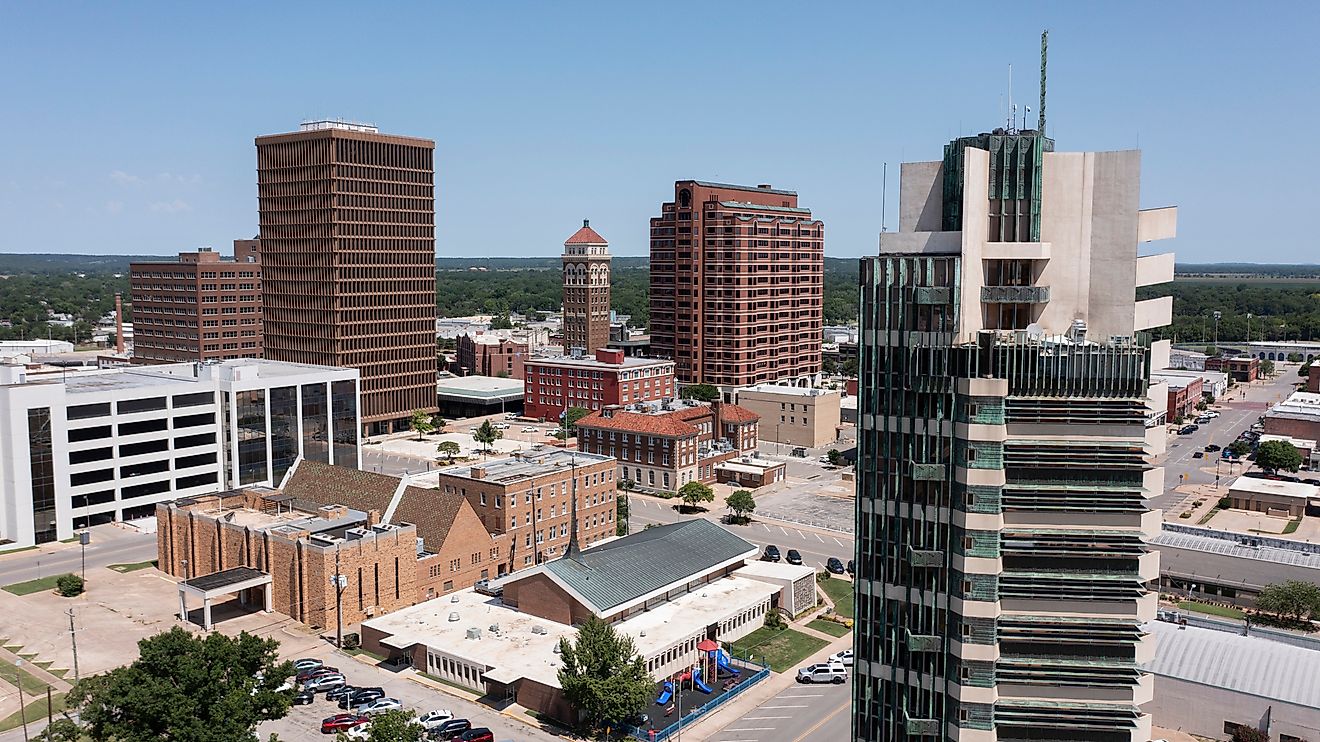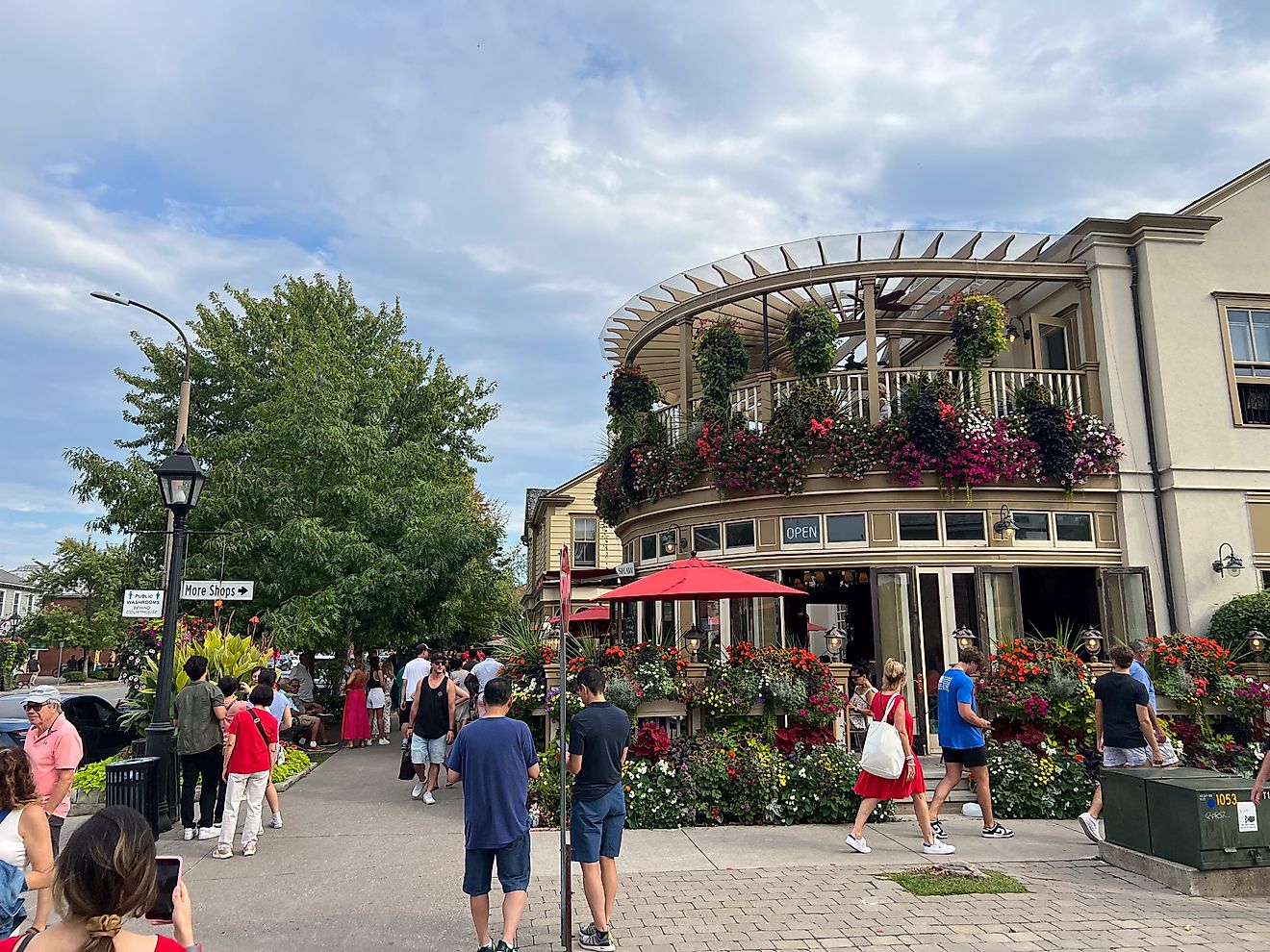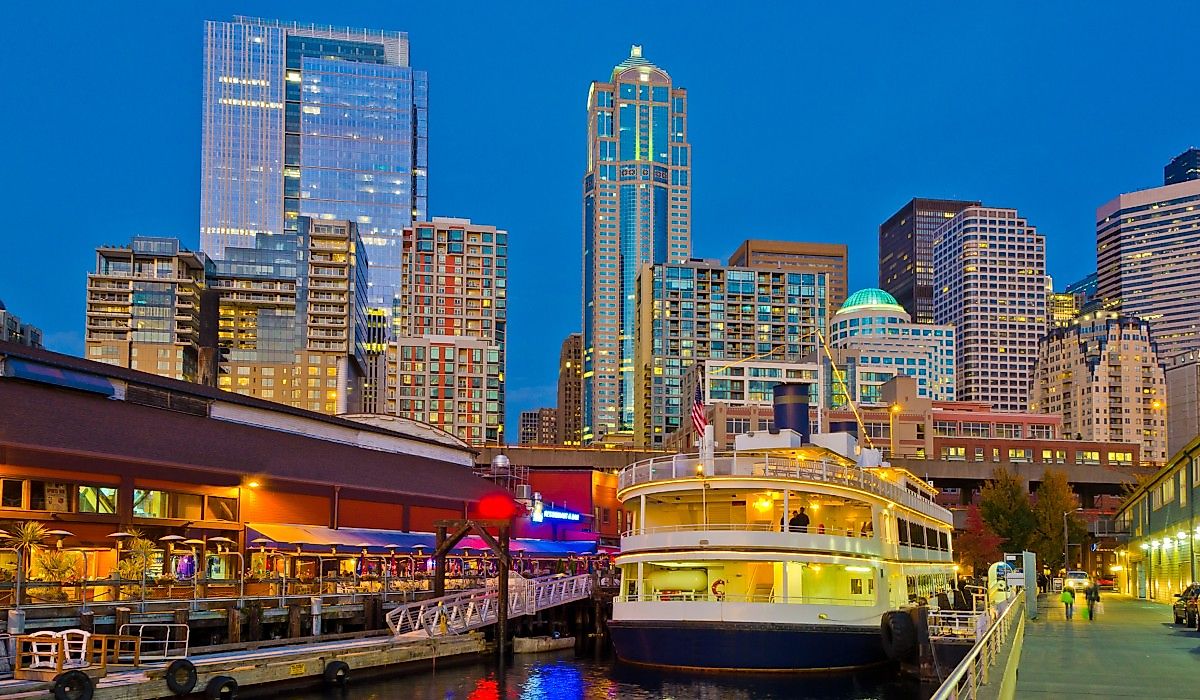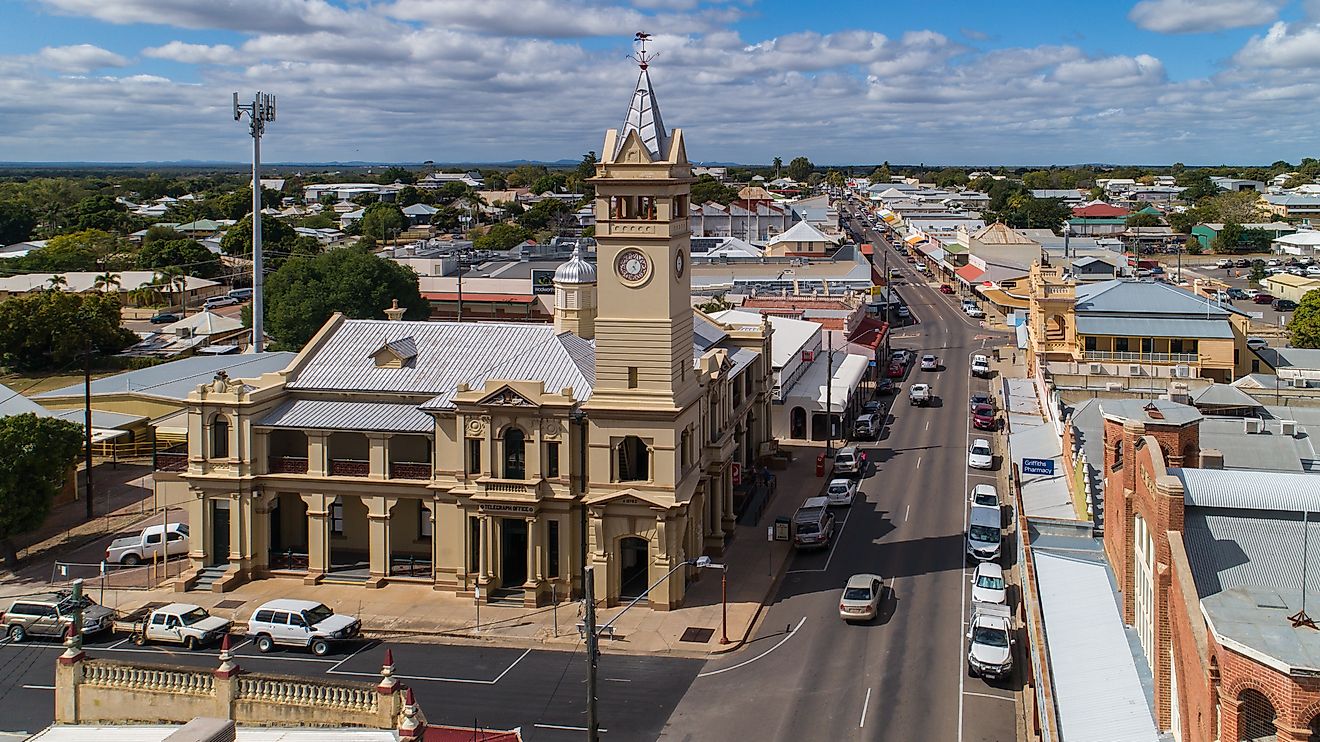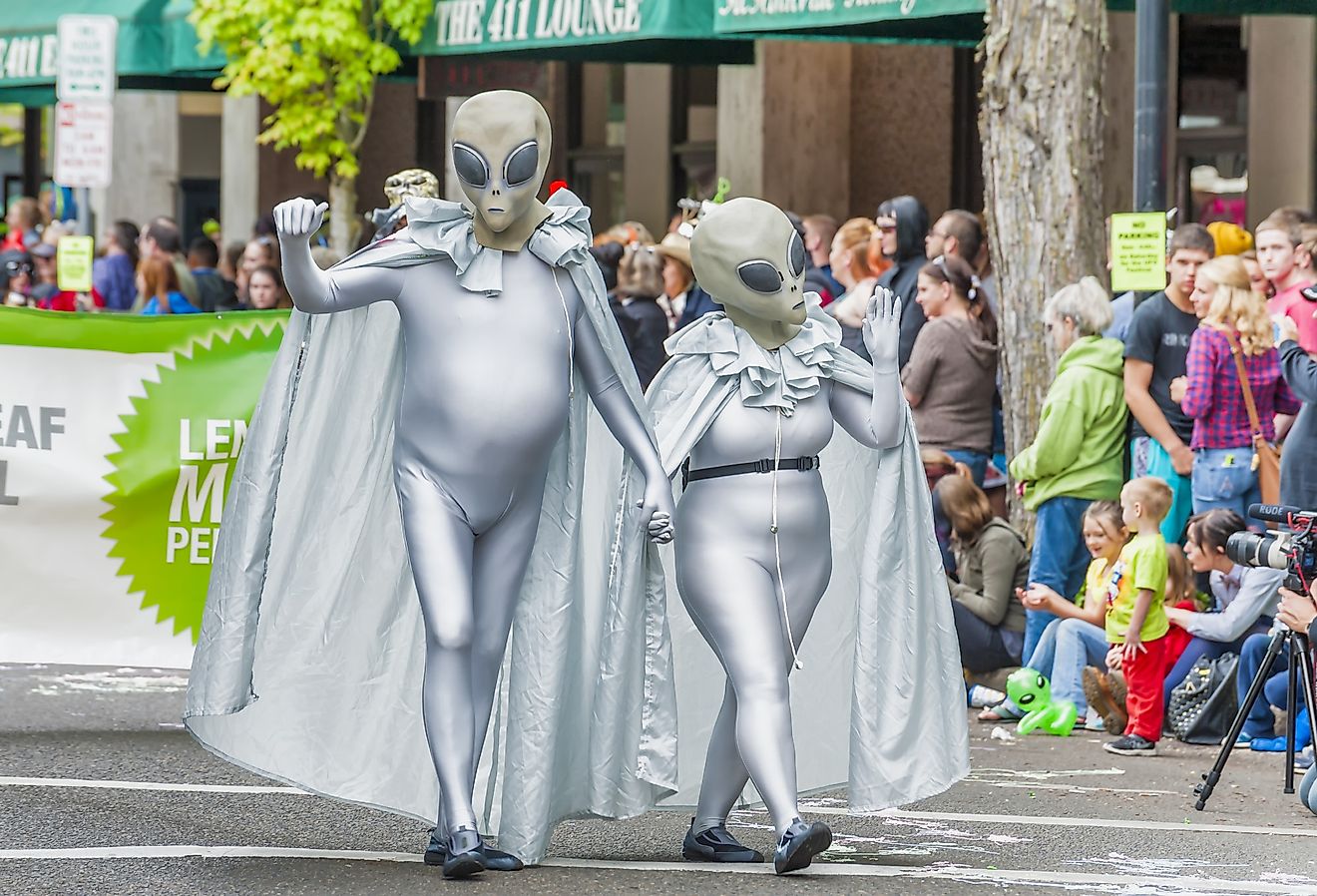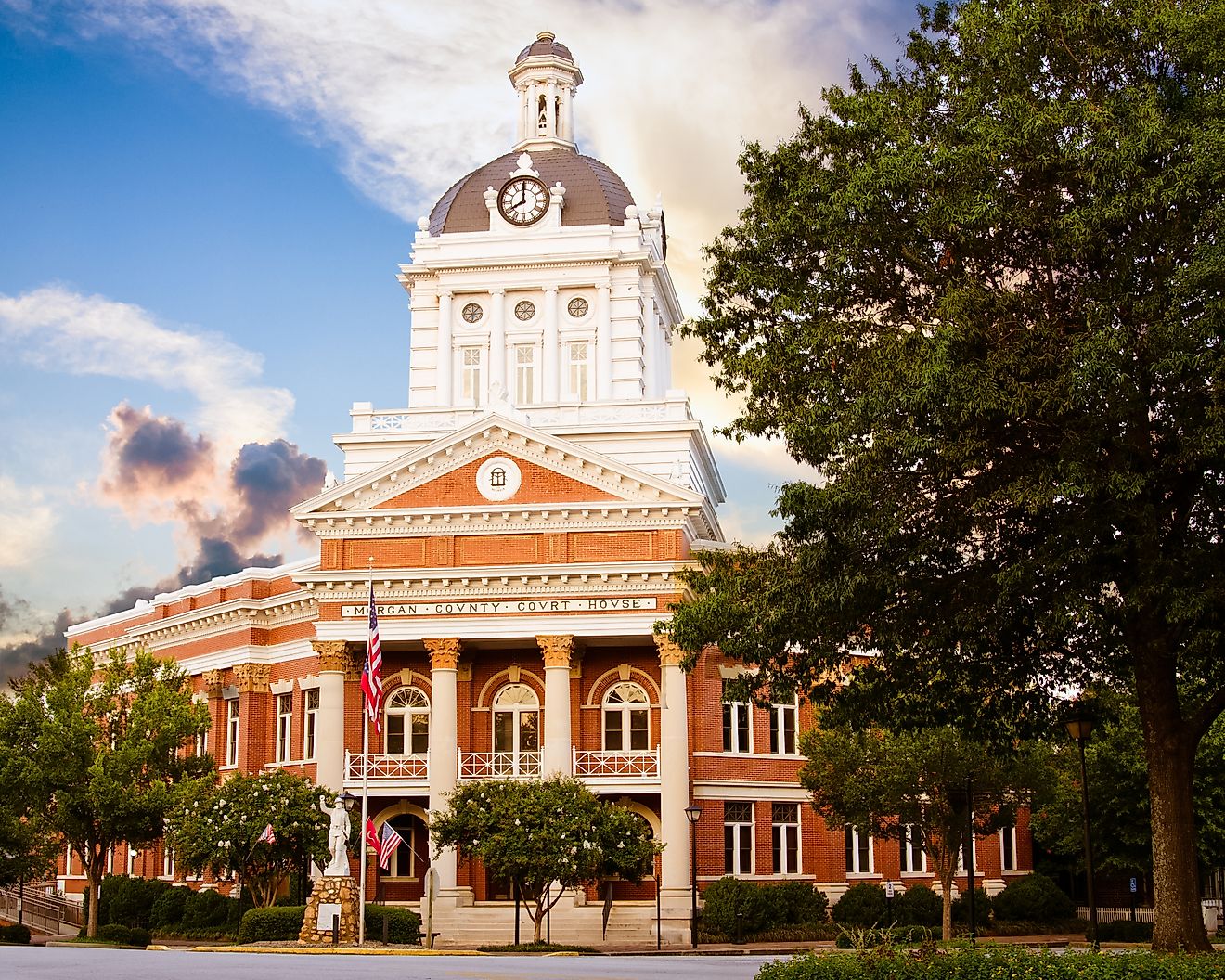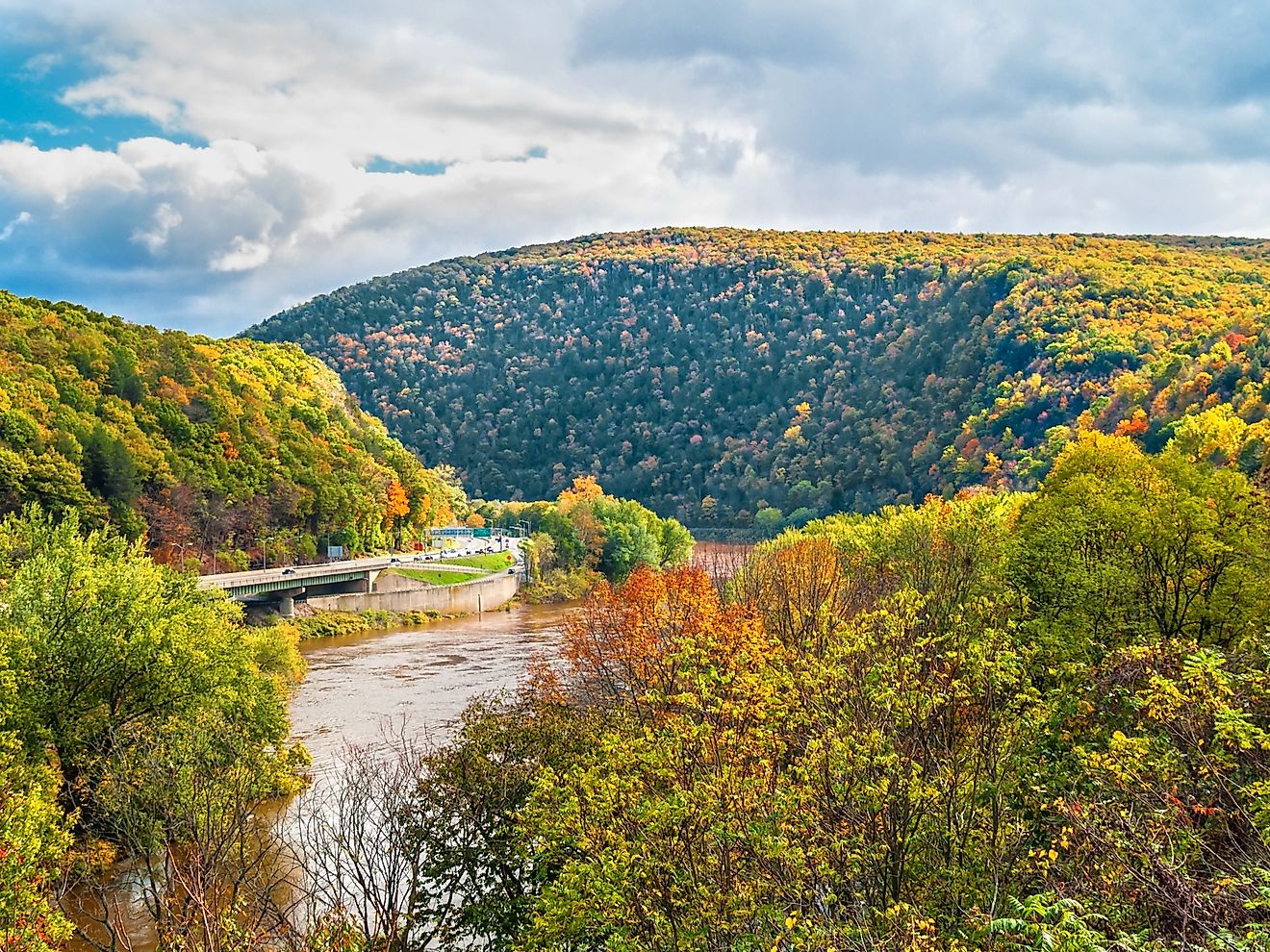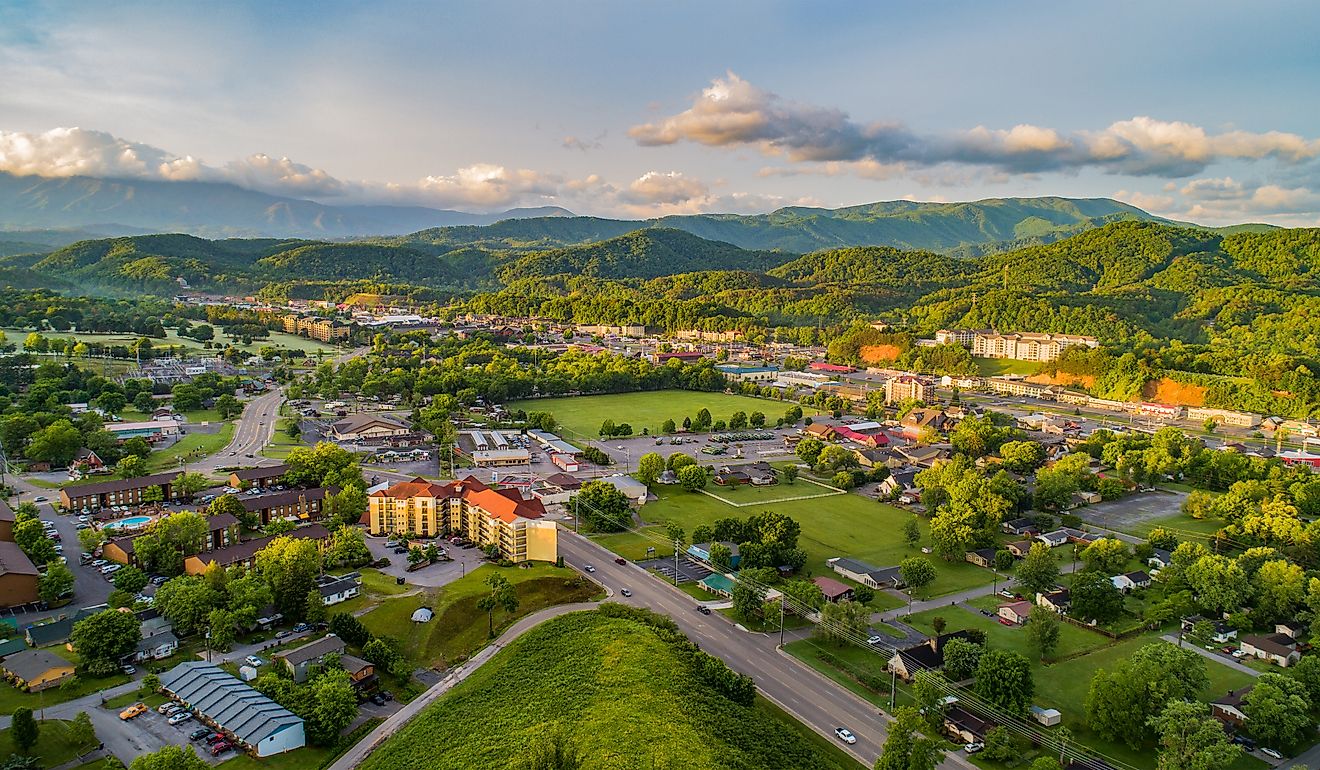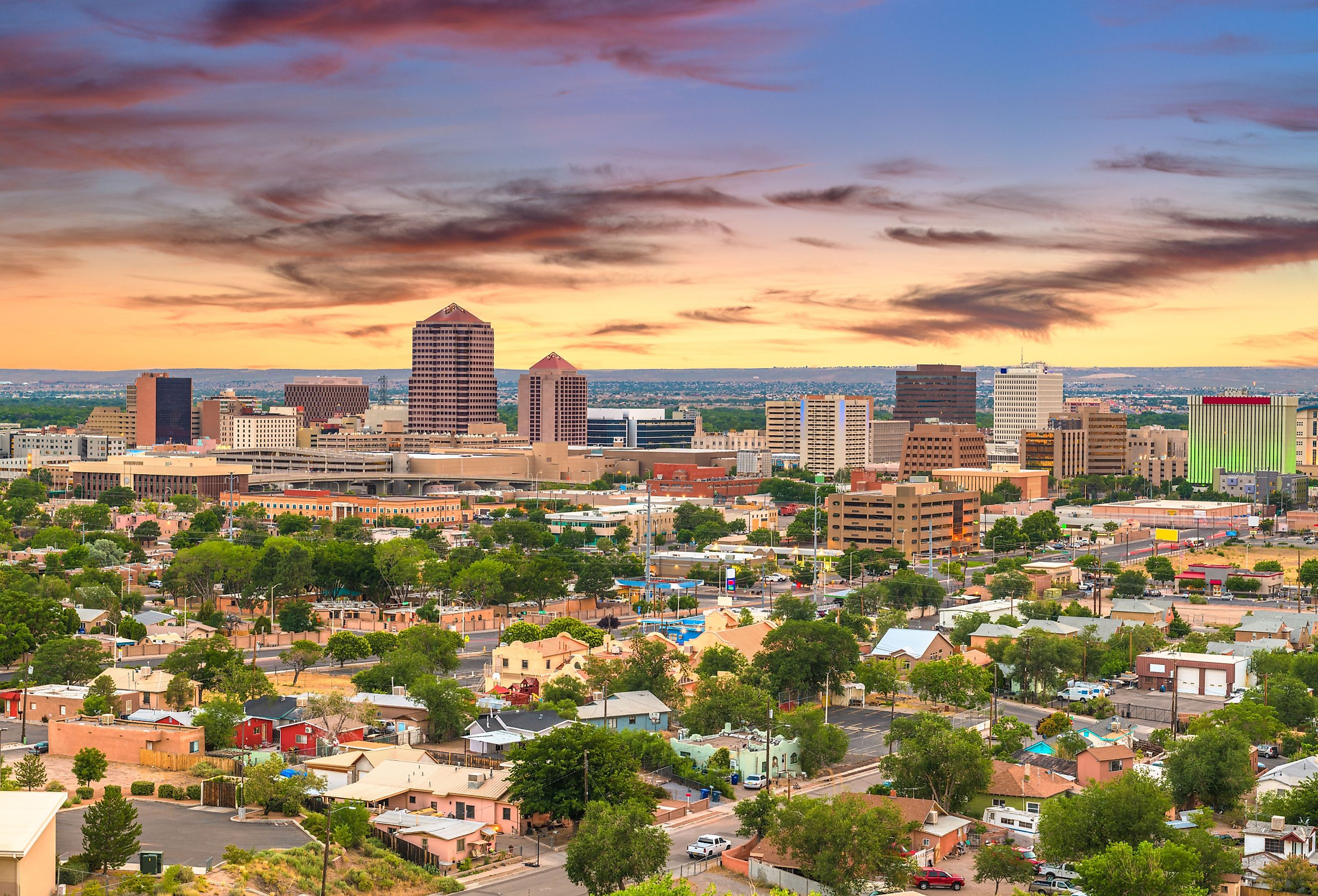
Albuquerque, New Mexico
Situated in the north-central portion of the US state of New Mexico, Albuquerque is the county seat of Bernalillo County. Nicknamed "The Duke City," the name is in honor of the 10th Duke of Alburquerque, who also served as the Viceroy of New Spain. Being New Mexico’s largest and most populous city, Albuquerque is a hub for fine arts, historical landmarks, technology, and media companies. This vibrant city is well-known for hosting many fairs and festivals, as well as for its diverse restaurants that offer delicious New Mexican and global cuisine.
Geography and Climate of Albuquerque
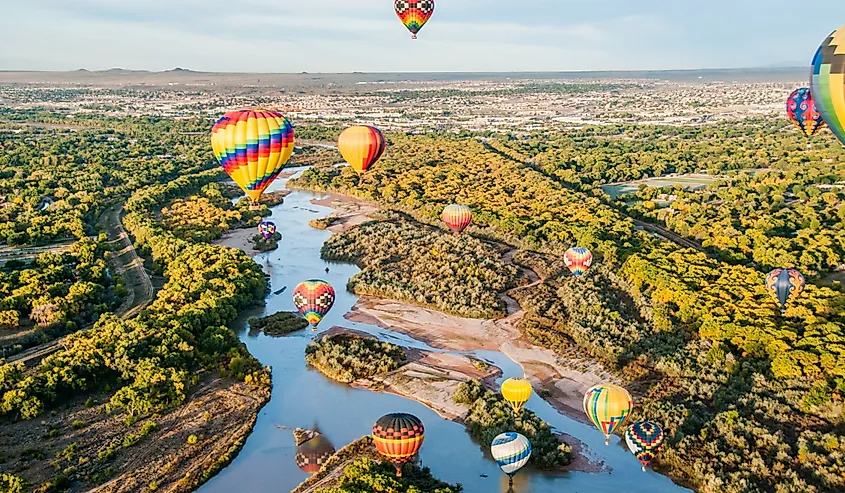
Albuquerque is at the heart of the Albuquerque Basin ecoregion, with its Bosque gallery forest flanked by the Sandia-Manzano Mountains in the east and West Mesa and the Petroglyph National Monument in the west. The city has one of the highest elevations compared to any other major city in the country, varying from 6,700 feet in the foothills of the Sandia Mountains to 4,900 feet in the Rio Grande Valley. The Rio Grande River flows in the north-to-south direction through the city. Albuquerque covers a total area of 189.5 square miles, of which 187.7 square miles is land, and 1.8 square miles is water.
According to the Köppen Climate Classification, Albuquerque experiences a cold semi-arid climate with hot, dry summers and extremely cold, snowy winters. July is the year’s hottest month, with average temperatures ranging between 92°F and 68°F. December is the year’s coldest month, with average temperatures ranging between 29°F and 49°F. The city receives an average rainfall of 9 inches and an average snowfall of 8 inches.
Brief History of Albuquerque
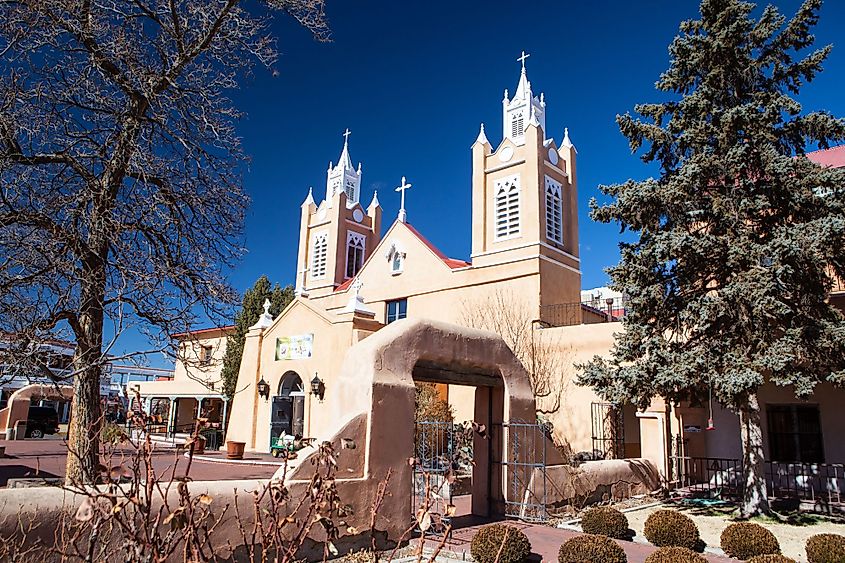
The presence of several archaeological sites in the present-day Albuquerque area provides evidence of Paleo-Indian cultures dating back more than 12,000 years. Tanoan Puebloans settled in the area around 1250. In the early 1540s, the Spanish conquistador Francisco Vazquez de Coronado led an expedition to the area, and after Juan de Onate’s expedition in 1598, the Spanish colonists settled the area. However, the 1680 Pueblo Revolt drove out these settlers. In 1692, these settlers returned and resettled in their abandoned estancias. In 1706, the Spanish Governor of New Mexico formally declared the area a "royal chartered town" and named it Alburquerque. In 1846, the United States took possession of the town.
Albuquerque initially started as a trading and military outpost along the El Camino Real and linked the northernmost territories of New Spain with Mexico City. The Battle of Albuquerque eventually helped the Union forces rid the area of the occupying Confederate troops. With the arrival of the Santa Fe Railway in 1880, many people started settling here, and the city was officially incorporated in 1891. Albuquerque became a crucial player in the Atomic Age with the subsequent establishment of Kirtland Air Force Base, Sandia Base, and the Sandia National Laboratories.
Population and Economy of Albuquerque
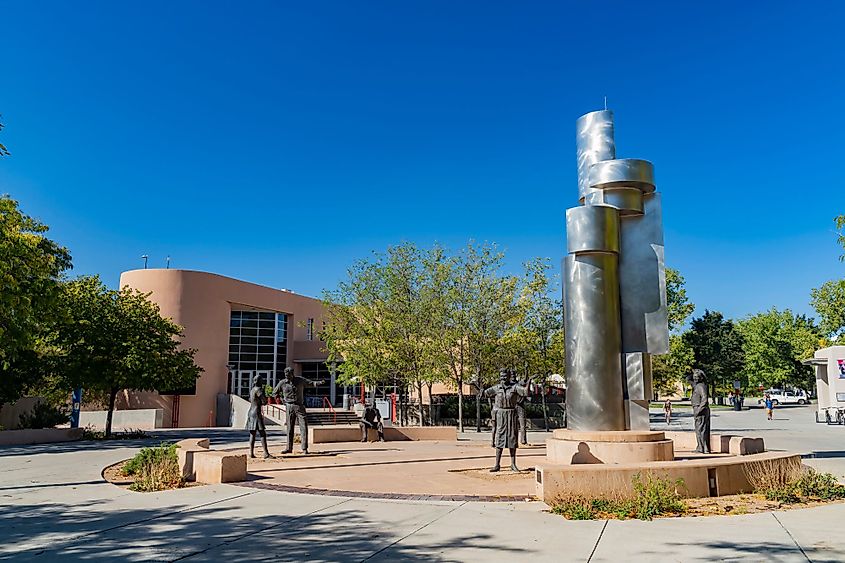
As per the latest US Census, Albuquerque has a population of 560,447 inhabitants, with a median age of 37.1. It is currently the nation’s 32nd most populous city and the 4th largest city in the American Southwest. The city has a population density of 2,907.6 people per square mile, making it one of the country’s least densely populated large cities. The top ethnic groups in Albuquerque include White (Hispanic) at 32.1%, White (Non-Hispanic) at 38.3%, Hispanic (Other and Two+) at 15.9%, and American Indian and Alaska Native at 3.8%.
Albuquerque has a median household income of $53,936 and a median property value of $204,100. As New Mexico’s leading economic center, the city accounts for more than half of the economic activity of the state. The highly diversified economy of Albuquerque employs about 271,434 people. Some of the city’s biggest industries include Health Care & Social Assistance, Retail Trade, and Educational Services. The city serves as the heart of the New Mexico Technology Corridor, which in turn forms a portion of the bigger Rio Grande Technology Corridor stretching from the southern part of Colorado to the southwestern part of Texas. The top universities in Albuquerque include Central New Mexico Community College, the Main Campus of the University of New Mexico, and the Pima Medical Institute.
Attractions in and Around Albuquerque
Old Town Albuquerque
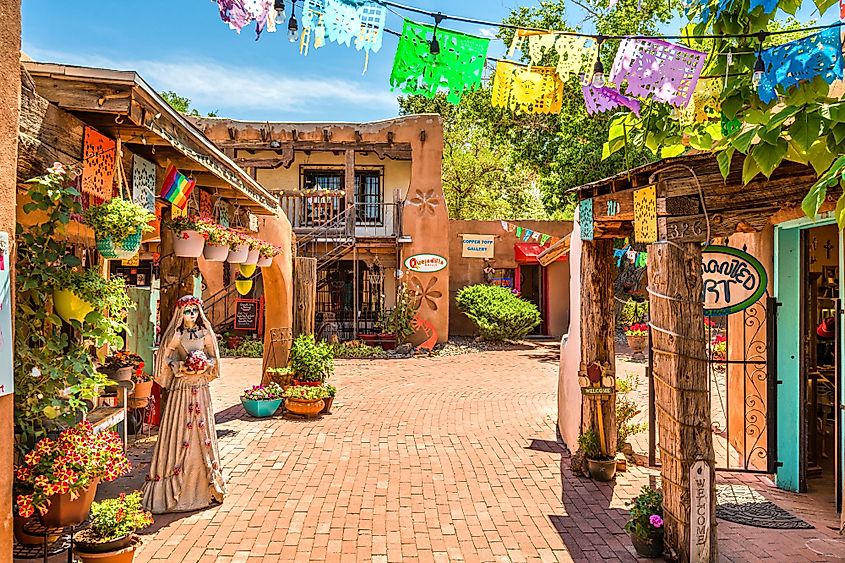
Albuquerque’s historic original townsite, established in 1706, attracts many visitors and is a well-known tourist destination. At the town’s center is the Old Town Plaza, surrounded by about ten blocks of historic adobe buildings. Remodeled into art galleries, restaurants, and shops, these adobe buildings facilitate everyday commercial use.
Albuquerque Museum
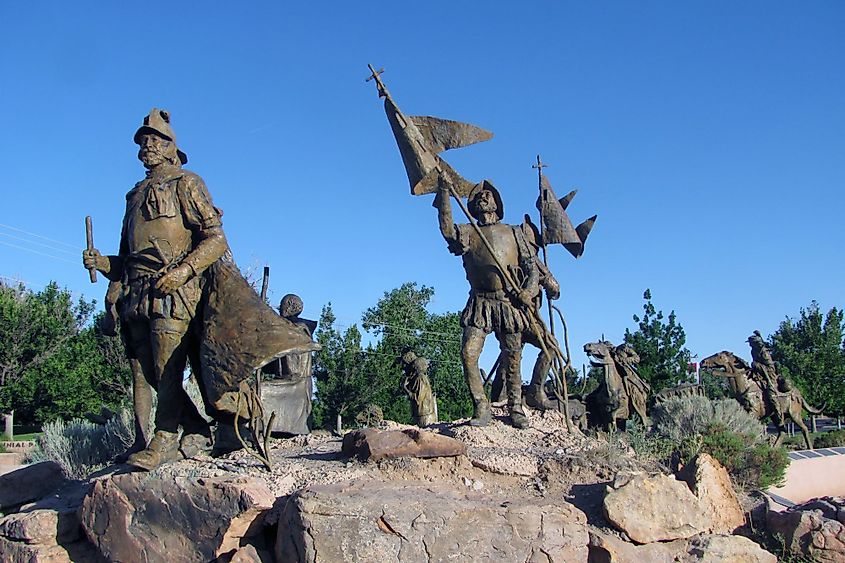
Located in the Old Town area, this public art and history museum serves as a repository of artworks from the Southwestern United States and historical documents and photographs of Albuquerque. Several exhibits, artifacts, and permanent installations tell stories about the rich history of Albuquerque and colonial life in New Mexico. The museum plays a significant role in the city’s cultural and educational programs.
Kimo Theater
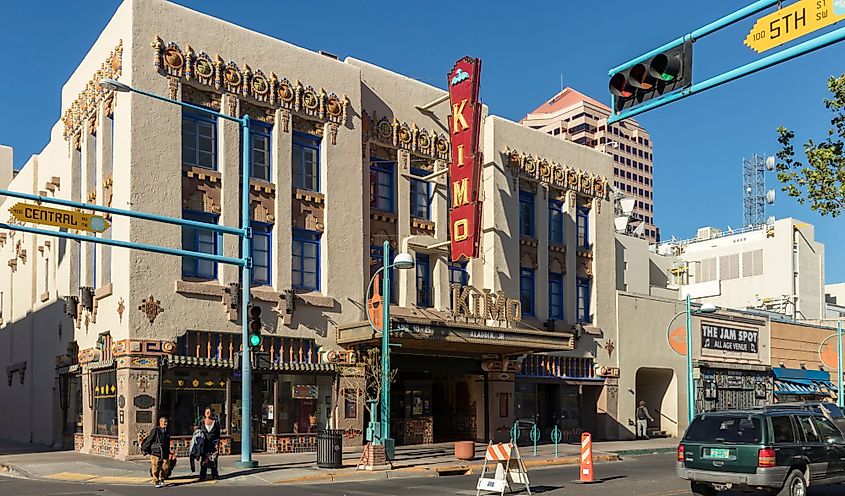
The historic Kimo Theater is on the northeastern corner of Fifth Street and Central Avenue in downtown Albuquerque. Conceived by entrepreneur Oreste Bachechi and his wife and constructed in 1927, the design of the theater is in the Pueblo Deco architectural style. Designed by the well-known architect Carl Heinrich Boller of the Boller Brothers architecture firm, the three-story stucco building is a central feature of Albuquerque's downtown. The Kimo Theater was added to the National Register of Historic Places on May 2, 1977.
In addition to its various tourist attractions, Albuquerque is well-known for hosting the International Balloon Fiesta—the biggest gathering of hot-air balloons in the world, held at the Balloon Fiesta Park in early October every year. Another popular event is the New Mexico State Fair, held at the city’s Expo New Mexico ground in mid-September every year.
